Types of Emergencies under Indian Constitution
Types of Emergencies under the Indian Constitution
The Indian Constitution provides for three types of emergencies under Part XVIII (Articles 352 to 360):
National Emergency (Article 352)
State Emergency or President's Rule (Article 356)
Financial Emergency (Article 360)
1. National Emergency (Article 352)
Definition
Declared when the security of India or any part thereof is threatened by war, external aggression, or armed rebellion.
It is the broadest and most significant emergency, often called simply "Emergency."
Key Provisions
Can be declared by the President on the written advice of the Cabinet.
The emergency proclamation must be approved by both Houses of Parliament within one month.
Once declared:
The fundamental rights under Article 19 are automatically suspended.
Parliament gains the power to legislate on subjects in the State List.
The duration of Lok Sabha can be extended beyond five years.
Landmark Case Law
ADM Jabalpur v. Shivkant Shukla (1976) (The Habeas Corpus Case)
During the Emergency (1975-77), the Supreme Court controversially held that even the right to life and personal liberty (Article 21) can be suspended during an Emergency.
This judgment was heavily criticized and later effectively overruled by Justice Bhagwati’s dissent and subsequent rulings post-Emergency.
Maneka Gandhi v. Union of India (1978)
After Emergency, the Supreme Court expanded the scope of Article 21, ensuring protection of life and liberty even in difficult circumstances.
R. C. Cooper v. Union of India (1970)
The Supreme Court ruled that emergency proclamations are subject to judicial review and must be based on relevant material.
2. State Emergency or President's Rule (Article 356)
Definition
Declared when a state government is unable to function according to constitutional provisions.
This is commonly known as “President's Rule”.
Key Provisions
The President can proclaim emergency in a state based on the Governor’s report or other information.
The state government is suspended, and the state comes under direct control of the Central Government.
Parliament takes over the legislative functions of the state legislature.
Initial duration is 6 months, extendable up to 3 years with parliamentary approval every six months.
Landmark Case Law
S.R. Bommai v. Union of India (1994)
The Supreme Court laid down strict guidelines to prevent misuse of Article 356.
President’s Rule is subject to judicial review.
The Court held that the power can be invoked only if:
The government has lost majority.
There is a constitutional breakdown in the state.
The court also emphasized the federal structure and the limited role of the Centre in states.
This judgment curtailed the arbitrary imposition of President's Rule by the Centre.
3. Financial Emergency (Article 360)
Definition
Declared when the financial stability or credit of India or any part thereof is threatened.
This emergency has never been declared in independent India.
Key Provisions
The President can declare financial emergency.
The executive authority of the Union extends to giving directions to states regarding financial matters.
The President can direct reduction of salaries and allowances of government officials, including judges.
Parliament gains the power to legislate on any subject to secure the financial stability.
Landmark Case Law
No direct case involving declaration of financial emergency since it has never been proclaimed.
The scope and power of Article 360 remain largely theoretical.
The scope of the President’s power under Article 360 has been discussed in legal commentaries and indirect cases, emphasizing the need for sound financial administration.
Summary Table
| Type of Emergency | Article | Grounds for Declaration | Key Effects | Notable Case Law |
|---|---|---|---|---|
| National Emergency | 352 | War, External aggression, Armed rebellion | Suspension of Article 19 rights, centralization of legislative power | ADM Jabalpur v. Shivkant Shukla (1976) |
| State Emergency (President’s Rule) | 356 | Failure of constitutional machinery in a state | Central control of state government, suspension of state legislature | S.R. Bommai v. Union of India (1994) |
| Financial Emergency | 360 | Financial instability or threat to creditworthiness | Central financial control, reduction of salaries | No case; theoretical provisions |
Conclusion
The Indian Constitution provides a robust framework to deal with extraordinary situations through the three types of emergencies. While these powers are essential to protect the nation and maintain governance, judicial scrutiny and safeguards (especially post-S.R. Bommai) prevent misuse. The Supreme Court’s decisions have played a vital role in balancing emergency powers with fundamental rights and federalism.



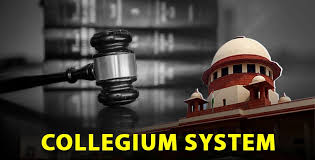


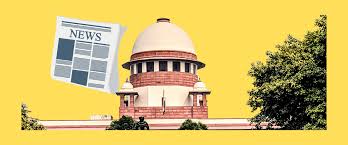

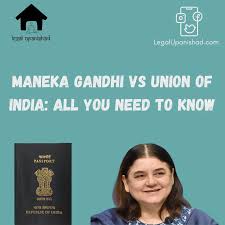
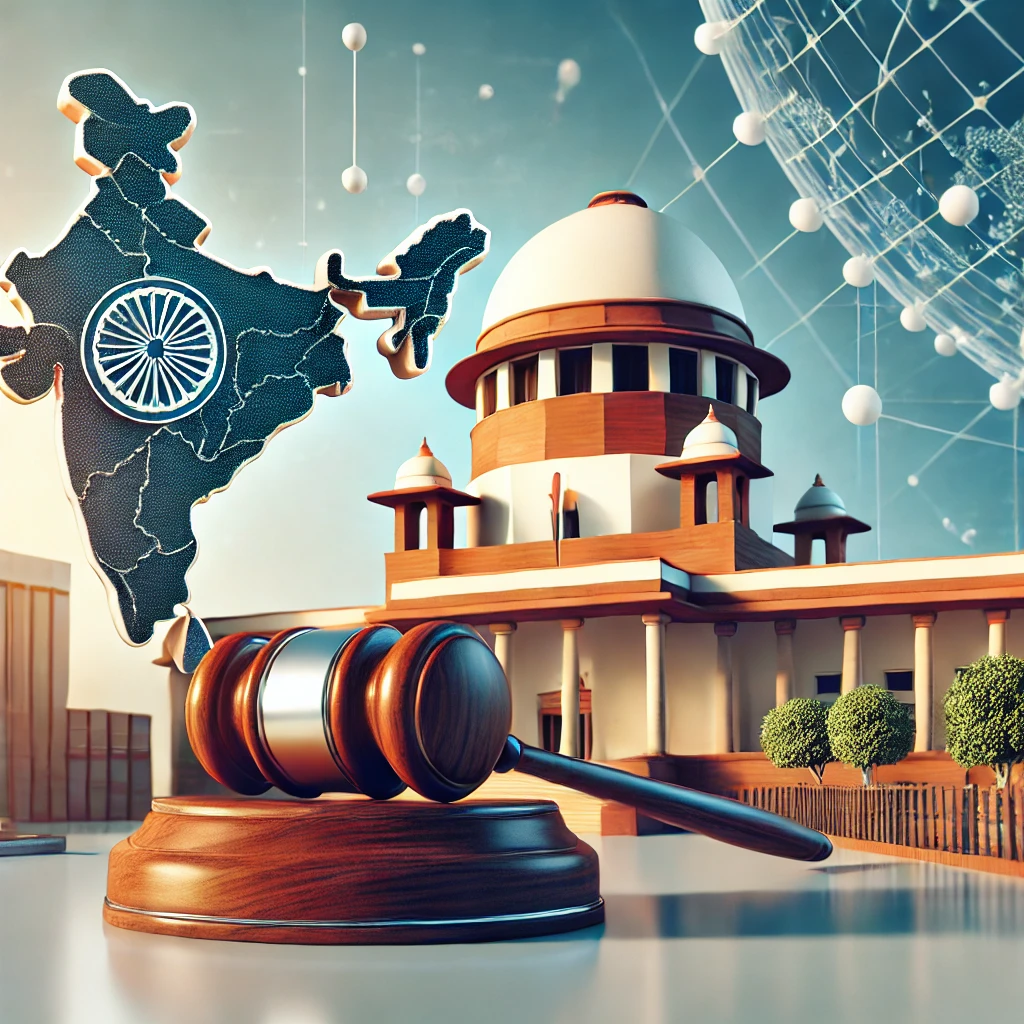




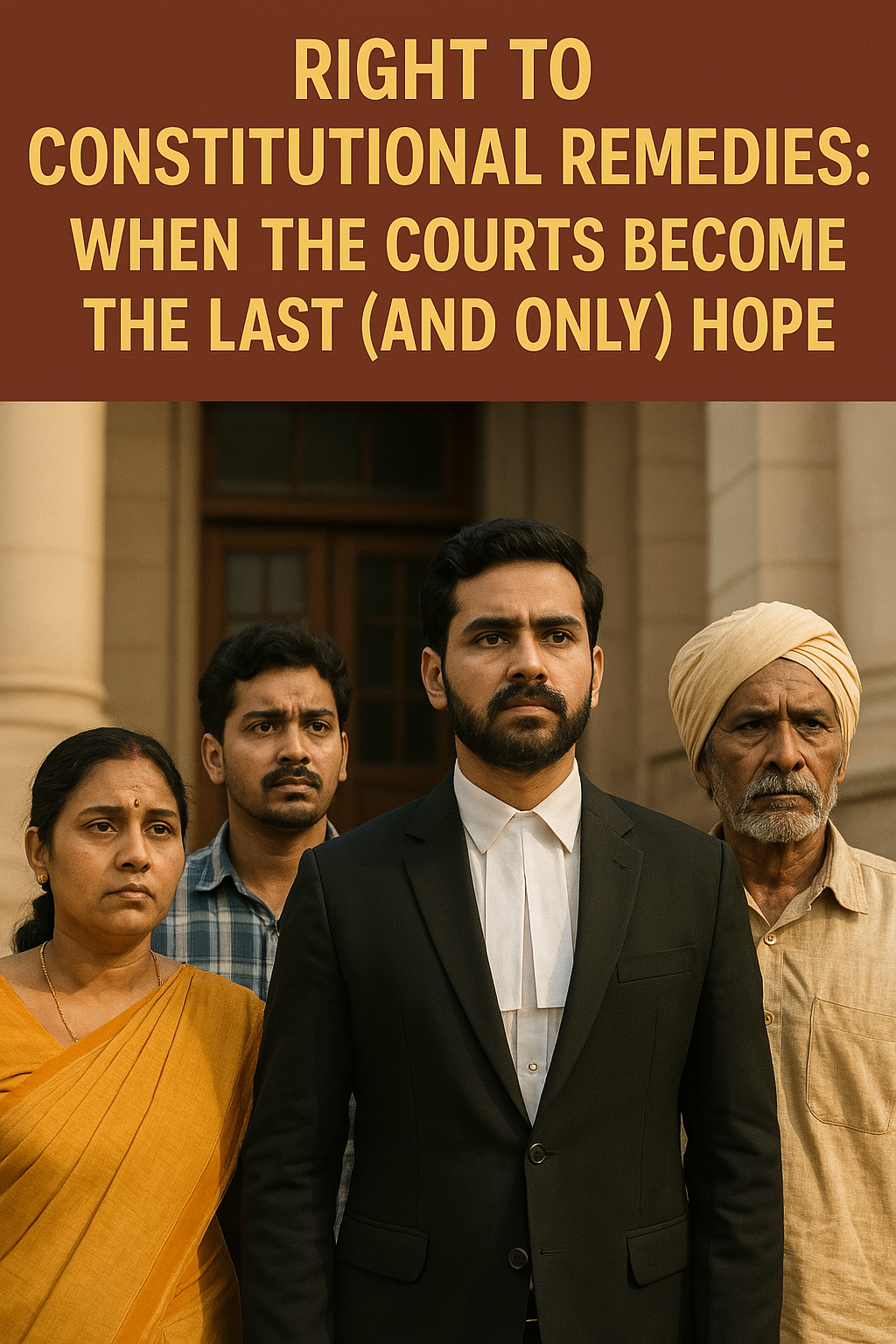



0 comments